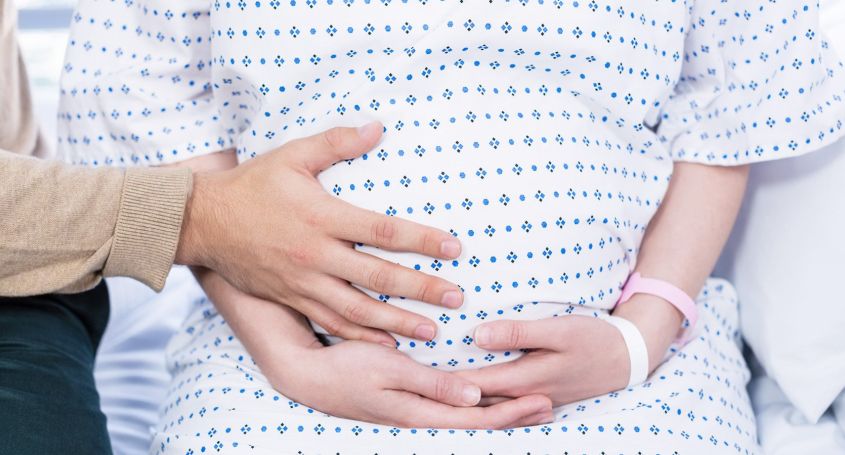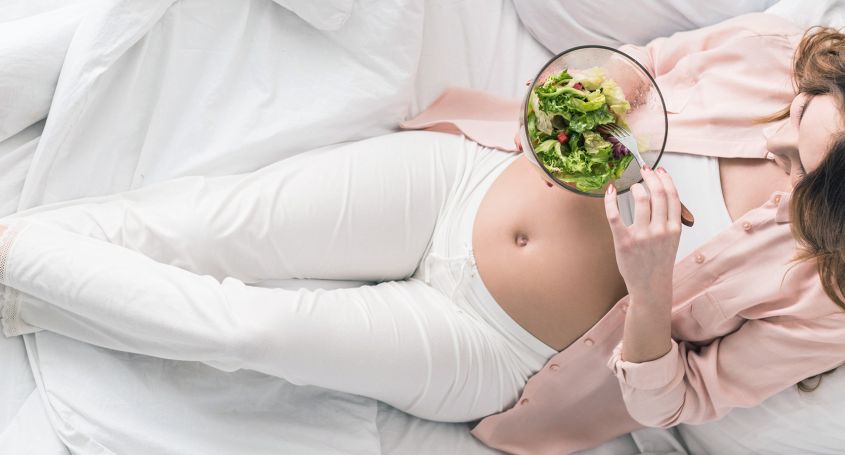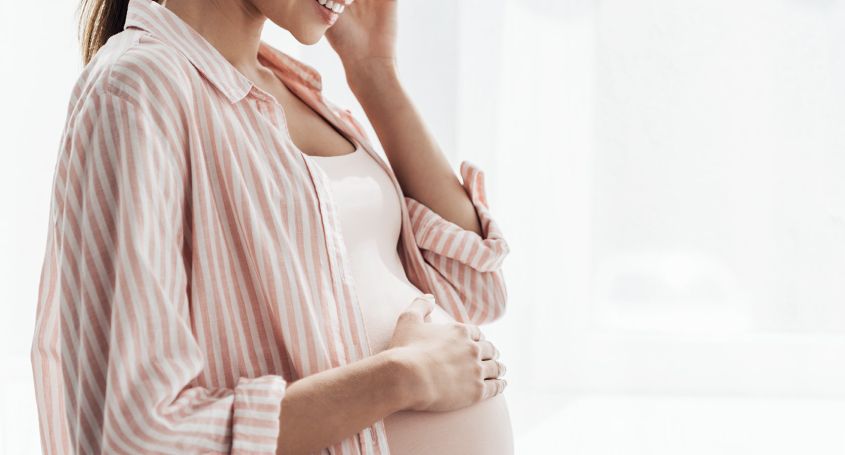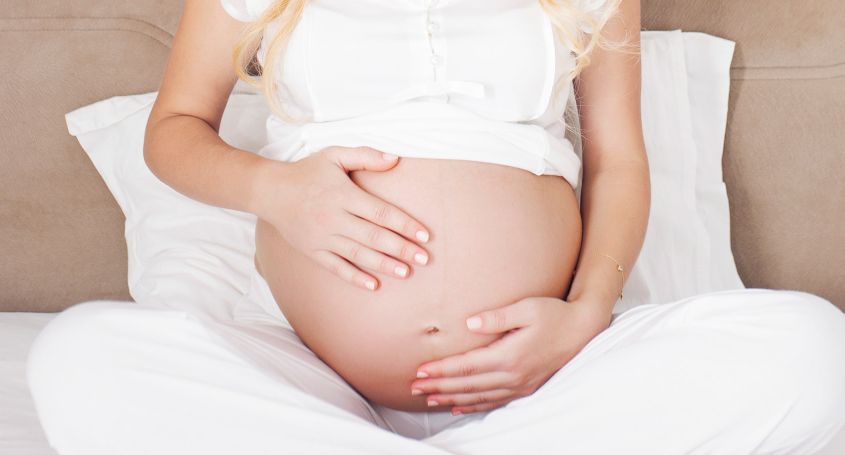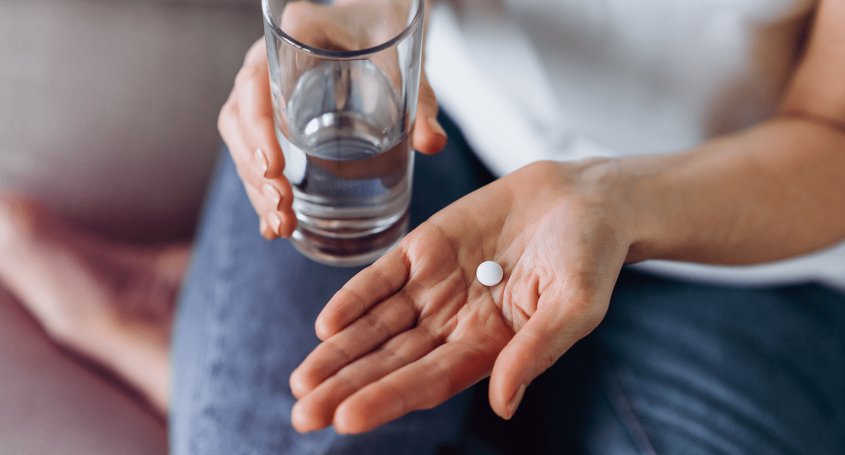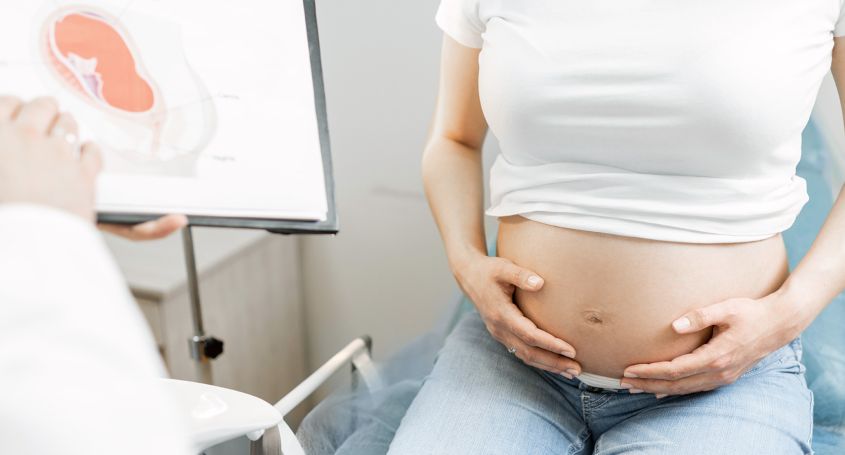When we talk about assisted reproduction , many questions arise. For example, the anaesthesia used in some techniques. Is there sedation or local anaesthesia? How long does anaesthesia last? Here are some of the questions that we will answer below.
In which procedure is anaesthesia used?
One of the techniques in which anaesthesia is used is follicular puncture, a surgical procedure performed after ovarian stimulation and whose objective is the collection of oocytes from the follicles of the ovary. It is performed when it is necessary to extract oocytes from the ovary in order to undergo in vitro fertilisation , egg vitrification or egg donation .
What is the anaesthesia like?
During the ovarian puncture, sedation is administered to avoid pain and discomfort for the patient. Once the patient is asleep, the gynaecologist starts the follicular extraction guided by ultrasound. The medical procedure lasts approximately 20 minutes and, once completed, the patient can go home after about 2 hours. This interval is recommended so that the patient can recover from the effects of the anaesthesia.
However, it is important to be accompanied because the effects of general anaesthesia can last up to 24 hours.
Do I need to rest?
It is not compulsory, however it is best to maintain relatively quiet for the rest of the day and to avoid overexertion for the next 24 hours.
After the procedure, some women feel slight discomfort in the abdominal area or slight vaginal bleeding. The pain is usually felt on the day of the puncture and possibly also the following day, but it will gradually decrease and disappear over the following days.
What are the risks of ovarian retrieval?
This surgical procedure is simple, so the risks of complications are low. It is important to take into account the uncommon side effects of sedation anaesthesia, which include dizziness, tiredness, discomfort and vomiting. However, some complications derived from follicular puncture include haemorrhage, infection or injury to the pelvic organs. We would like to emphasise, however, that this only occurs in rare cases.
If you have more questions about ovarian puncture or the anaesthesia used in assisted reproduction, please contact us!
